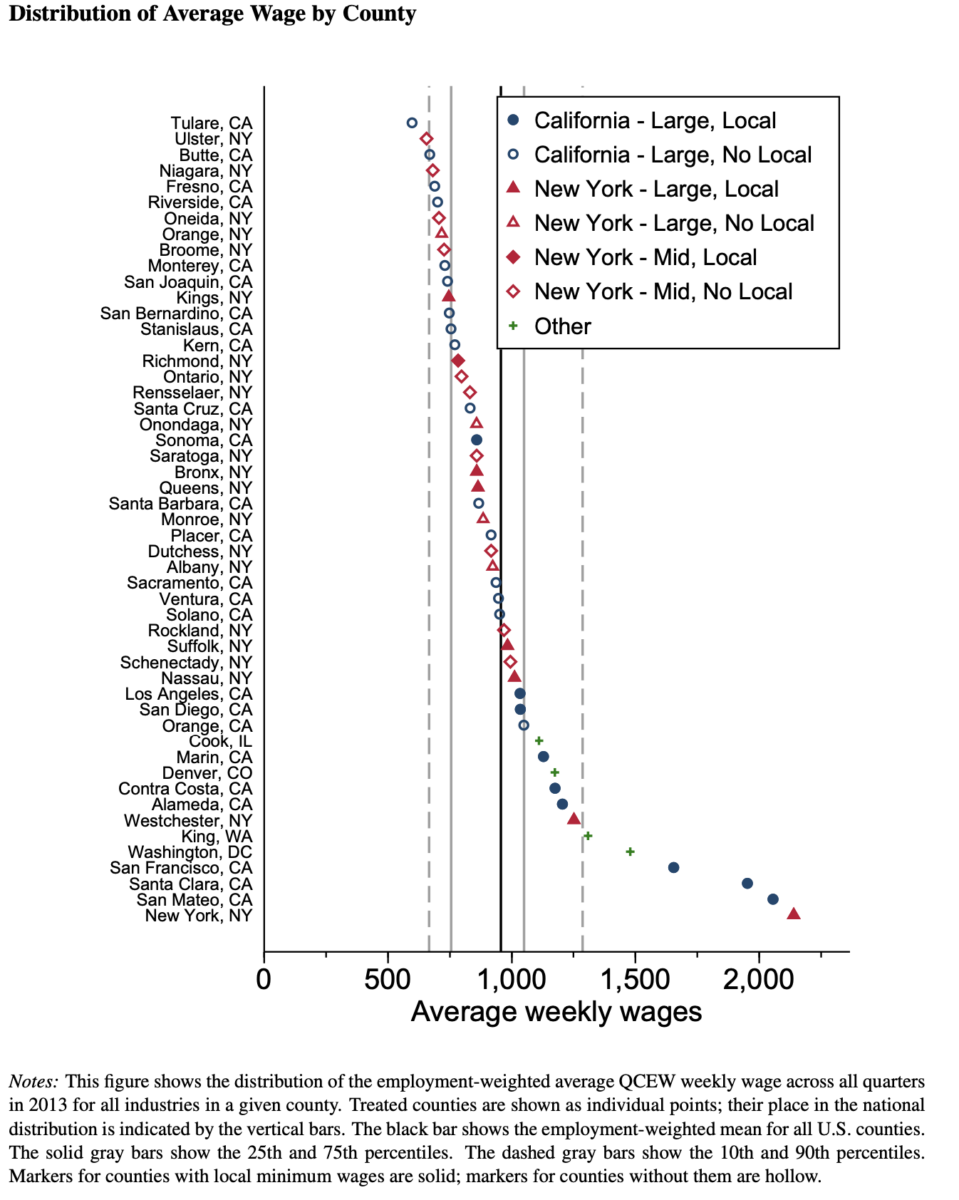I have been writing about issues with the minimum wage for (it seems like) decades. During that time, consuming lots of academic research, I reached a few logically supported conclusions. The least contentious of which is that modest increases in minimum wages increase economic activity and create jobs.
But there are other surprises around the minimum wage. Low minimum wages have created all sorts of long-term, sticky problems for employers. First, it has allowed disruptive companies with more efficient business models like Amazon to sweep up all the available labor because of their ability to pay above min wages.
Perhaps even more surprising has been the wholesale abandonment of specific industries: Food service, retail, etc., are having a hard time hiring not just because the starting salaries were so low, but younger people have decided there is a professional future in those spaces.
I have been nurturing a pet thesis as to why higher minimum wages are a net positive for an economy: It acts as a transfer of revenue allocation from low-wage employers and franchisees from Capital to Labor. Meaning, less profits to ownership and more wages to workers.
Low-wage workers tend to paycheck to paycheck; each incremental dollar they earn tends to go towards food, clothing, health care, etc. It stays local and is likely to benefit the regional economy.
Owners tend to be fairly well off, and each incremental dollar they earn is more likely to be spent elsewhere – retirement savings, durable goods, etc. It has aa much smaller impact on the local economy. (Note: I have not seen conclusive research as to whether this is so or not).
Regardless, a new research paper confirms that higher minimum wages tend to equal more jobs and a better local economy.
We present the first causal analysis of recent large minimum wage increases, focusing on 47 larger U.S. counties that reached $15 or more by 2022q1. Using stacked county-level synthetic control estimators, we find substantial pay growth, no disemployment effects and reduced wage inequality. Our novel procedure ameliorates pandemic-related bias. We pose and address a monopsony puzzle: Researchers often invoke monopsony to explain absent negative employment effects, yet the model generally predicts positive employment effects. When we reduce selection and attenuation biases—by excluding areas with local minimum wages and high-wage counties—we find large, significant positive employment effects.
If you are a wages & labor nerd, definitely go check out the entire piece.
Previously:
Why Aren’t There Enough Workers? (December 9, 2022)
Generational Reset of Minimum Wage (November 30, 2021)
How Everybody Miscalculated Housing Demand (July 29, 2021)
Transitory Is Taking Longer than Expected (February 10, 2022)
Elvis (Your Waiter) Has Left the Building (July 9, 2021)
Source:
High Minimum Wages and the Monopsony Puzzle
By Justin C. Wiltshire, Carl McPherson and Michael Reich
IRLE Working Paper No. 104-23, May 1, 2023



